Archives
- 2025-10
- 2025-09
- 2025-03
- 2025-02
- 2025-01
- 2024-12
- 2024-11
- 2024-10
- 2024-09
- 2024-08
- 2024-07
- 2024-06
- 2024-05
- 2024-04
- 2024-03
- 2024-02
- 2024-01
- 2023-12
- 2023-11
- 2023-10
- 2023-09
- 2023-08
- 2023-07
- 2023-06
- 2023-05
- 2023-04
- 2023-03
- 2023-02
- 2023-01
- 2022-12
- 2022-11
- 2022-10
- 2022-09
- 2022-08
- 2022-07
- 2022-06
- 2022-05
- 2022-04
- 2022-03
- 2022-02
- 2022-01
- 2021-12
- 2021-11
- 2021-10
- 2021-09
- 2021-08
- 2021-07
- 2021-06
- 2021-05
- 2021-04
- 2021-03
- 2021-02
- 2021-01
- 2020-12
- 2020-11
- 2020-10
- 2020-09
- 2020-08
- 2020-07
- 2020-06
- 2020-05
- 2020-04
- 2020-03
- 2020-02
- 2020-01
- 2019-12
- 2019-11
- 2019-10
- 2019-09
- 2019-08
- 2019-07
- 2019-06
- 2019-05
- 2019-04
- 2018-07
-
Introduction G quadruplexes are therapeutically important no
2022-01-05
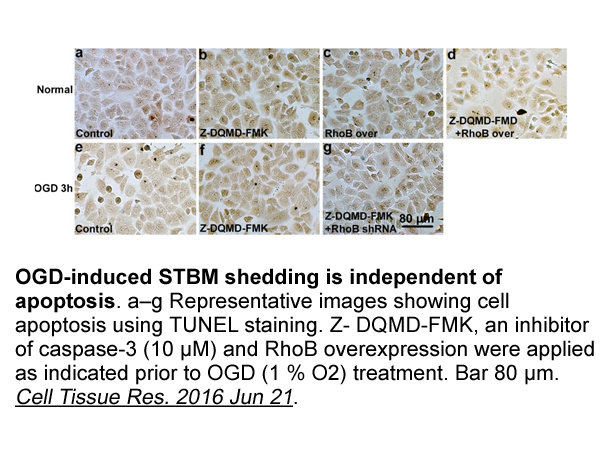
Introduction G-quadruplexes are therapeutically important non-canonical nucleic mdm2 inhibitor structures that are formed by a planar assembly of four guanines, termed G-tetrads (Fig. 1), in the guanine rich regions of genome [[1], [2], [3]]. As it is getting increasingly established, several life
-
The recent identification of new mechanisms for triggering f
2022-01-05
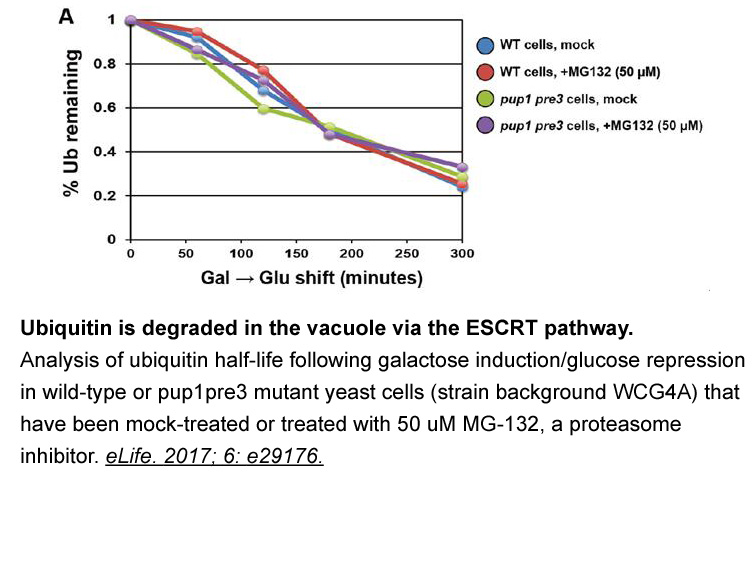
The recent identification of new mechanisms for triggering ferroptosis, by compounds termed FIN56 and FINO2, provided new insights into regulation of ferroptosis. FINO2 acts through a distinct mechanism: it promotes lipid peroxidation by oxidizing iron and indirectly inactivating GPX4 [180]. FIN56 w
-
br Acknowledgements We thank Kathy Spindler
2022-01-05

Acknowledgements We thank Kathy Spindler for helpful review of the manuscript. Expert technical assistance from Joel Whitfield in the University of Michigan Cancer Center Immunology Core is greatly appreciated. This research was supported by the American Heart Association (16GRNT30250013) and by
-
G protein coupled receptor kinases GRKs are another group
2022-01-04
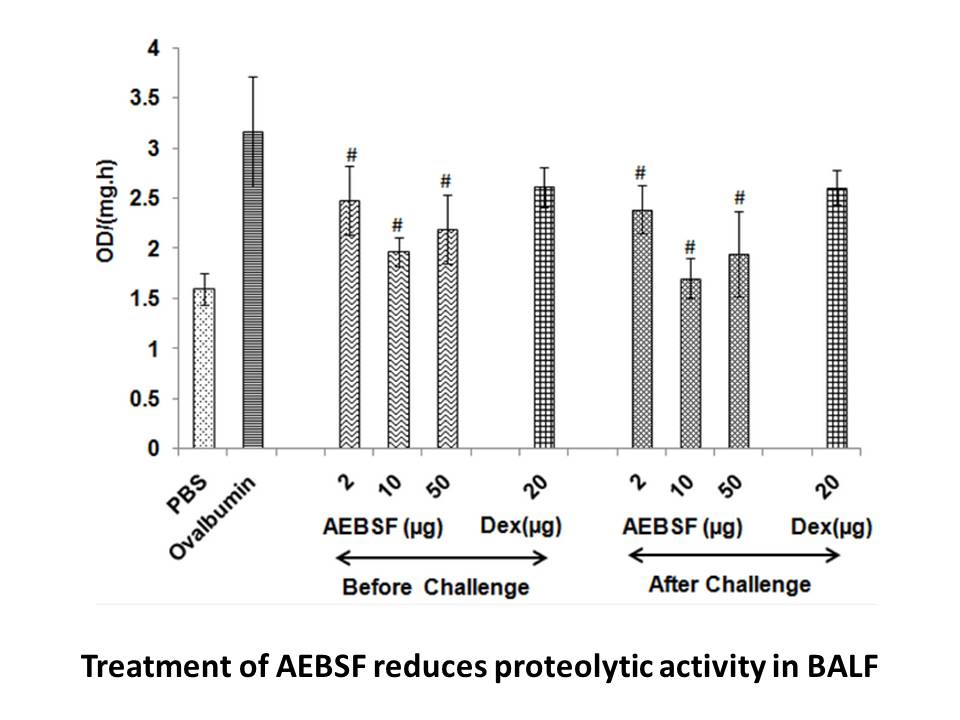
G protein-coupled receptor kinases (GRKs) are another group of kinases whose limited substrate repertoire is associated with an extensive binding interface. GRKs phosphorylate activated G protein-coupled receptors (GPCRs) at multiple sites, promoting binding of arrestin proteins to mediate receptor
-
Acknowledgments Financial support from the National Natural
2022-01-04
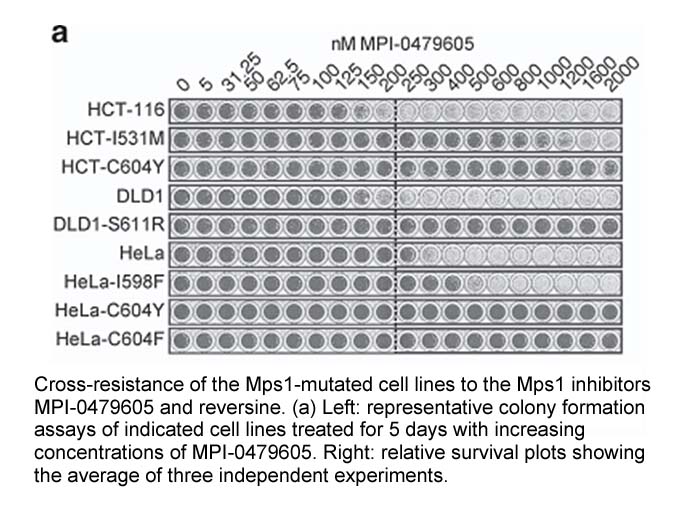
Acknowledgments Financial support from the National Natural Science Foundation of China (81730094, 81473262 and 81573299) is gratefully acknowledged. This project was also supported by the “111 Project” from the Ministry of Education of China, the State Administration of Foreign Expert Affairs of C
-
The unique ability of R PabI to specifically excise adenine
2022-01-04
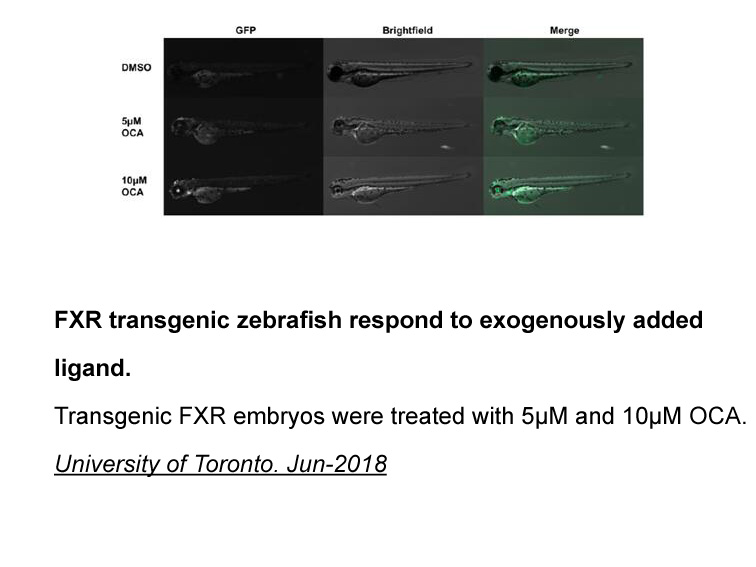
The unique ability of R.PabI to specifically excise KPT-9274 synthesis from a palindromic sequence is based on a novel structural architecture that is distinct not only from other DNA glycosylases but also from other proteins [88]. In the absence of DNA, R.PabI forms a dimer with a central, highly
-
br Introduction L Glutamate is one of the
2022-01-04
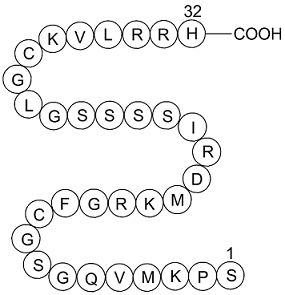
Introduction L-Glutamate is one of the most prevalent excitatory signaling molecules in the central nervous system (CNS) (Salazar et al., 2016) and plays a crucial role in a variety of Galanthamine HBr sale functions such as memory and learning (Danbolt, 2001, Nedergaard et al., 2002). At elevat
-
However ghrelin has a short half
2022-01-04
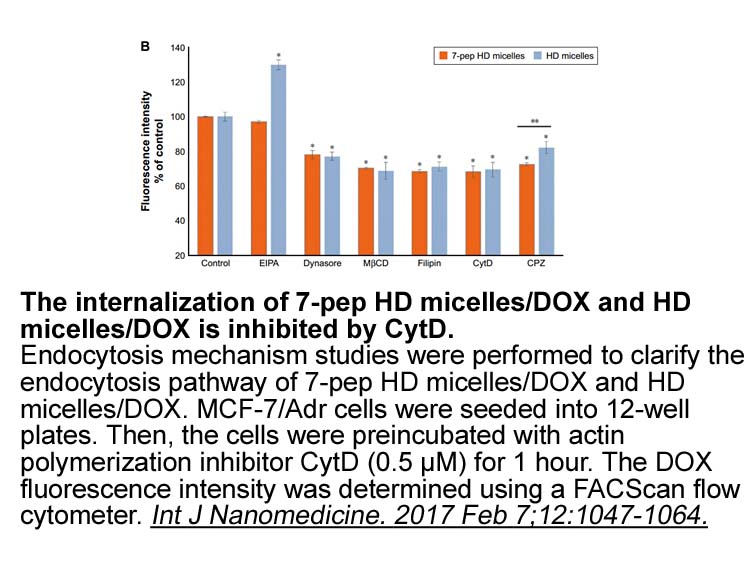
However, ghrelin has a short half-life of 15–20 min, because it is a natural peptide containing 28-amino acids, its clinical usefulness as a therapeutic agent may be limited (Mosińska et al., 2017; Vestergaard et al., 2007). Hence, many efforts have been made to elucidate the smallest segment of gh
-
In summary two new flexible amine functionalized quinolinium
2022-01-04
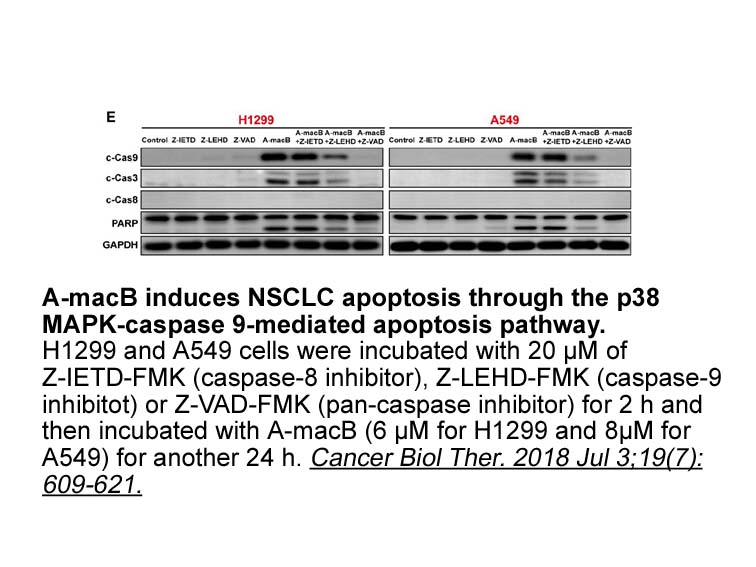
In summary, two new flexible amine-functionalized quinolinium derivatives with far-red region emitting were prepared. The shorter-chain fatty amine side chain in the scaffold of was found to be a more promising G-quadruplex DNA fluorescent probe, suggesting the amine side group plays an important r
-
br Conclusions Symptoms from bilateral thalamic edema caused
2022-01-04
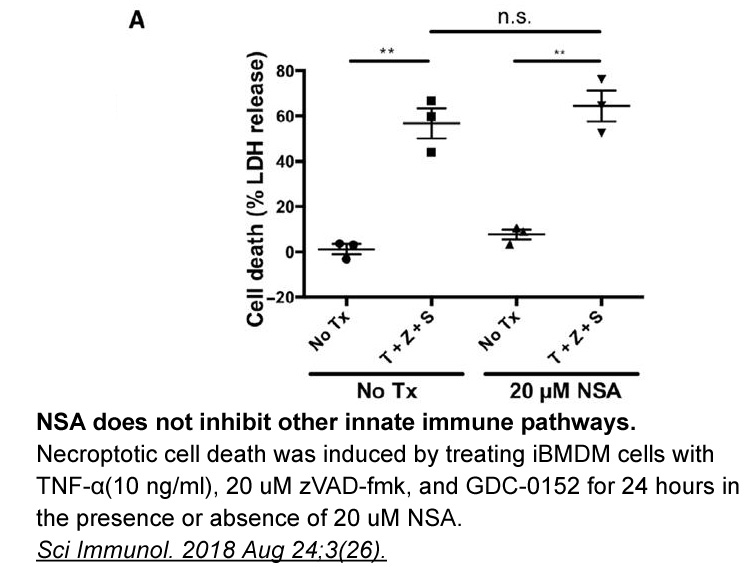
Conclusions Symptoms from bilateral thalamic edema caused by increased venous hypertension can be reversed with appropriate management of the inciting vascular lesion. This case demonstrates a rare patient with decreased CBF in the thalamus in SPECT and completely recovered after factor Xa inhibi
-
br Acknowledgments R Dalmann has obtained a bourse Cifre
2022-01-04
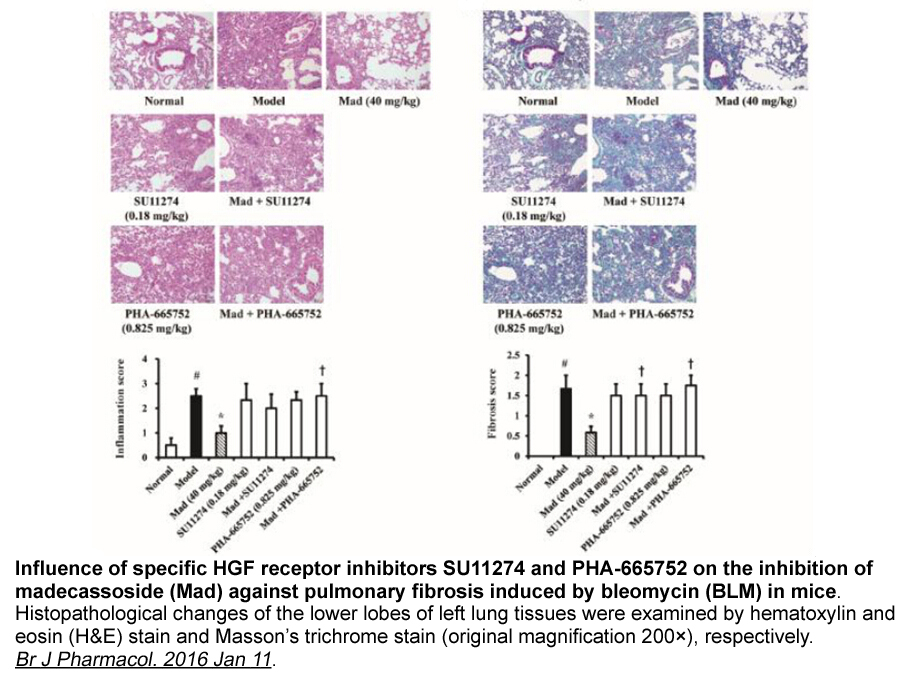
Acknowledgments R. Dalmann has obtained a “bourse Cifre” (grant 304/2011) from the ‘Association Nationale de la Recherche Technique’ and Bristol-Myers-Squibb. Introduction Endocannabinoids, their molecular targets (receptors), their synthetic and degrading enzymes and proteins that transport
-
In C elegans KDM A appears to be involved
2022-01-03

In C. elegans, KDM4A appears to be involved in H3K36me3 reduction on the X chromosome, suggesting that this protein has a relevant role in germ cell development (Figure 2A) (47). In addition, in HeLa cells, KDM4A is associated with the repression of the achaete-scute complex homologue 2 (ASCL2) gene
-
In mammalian cells Motins have been identified as a
2022-01-03
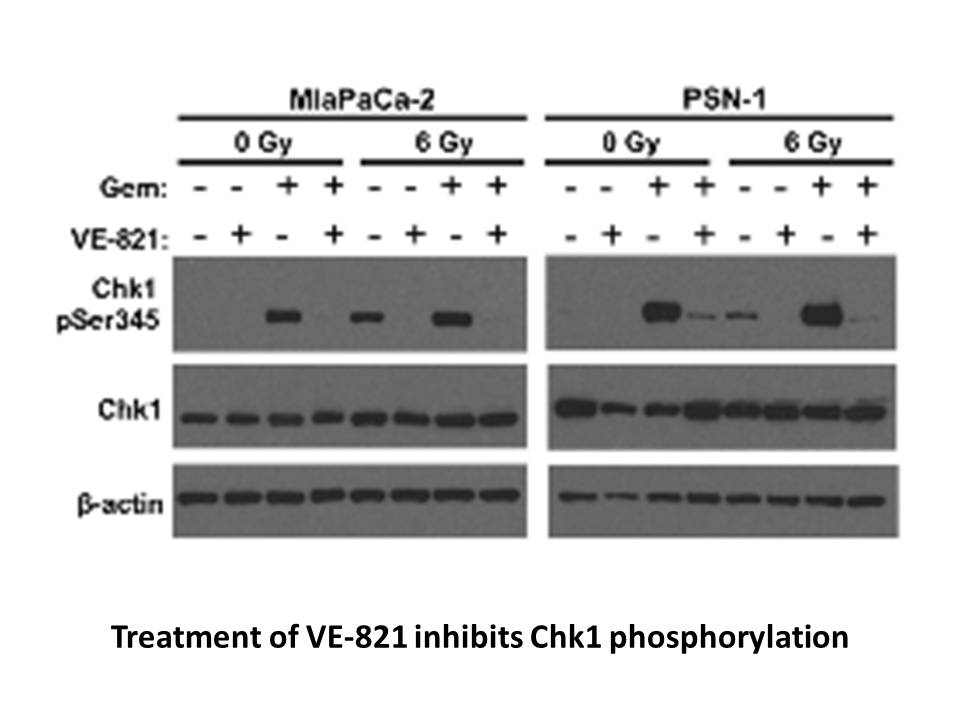
In mammalian cells, Motins have been identified as a key link between F-actin and Hippo pathway regulation, as knockdown of all three Motins increased Yap activity even in the presence of cytoskeletal disruption [105]. Motins can physically associate with F-actin but this association is blocked by p
-
We found that activator drugs decrease NOsGC protein
2022-01-03
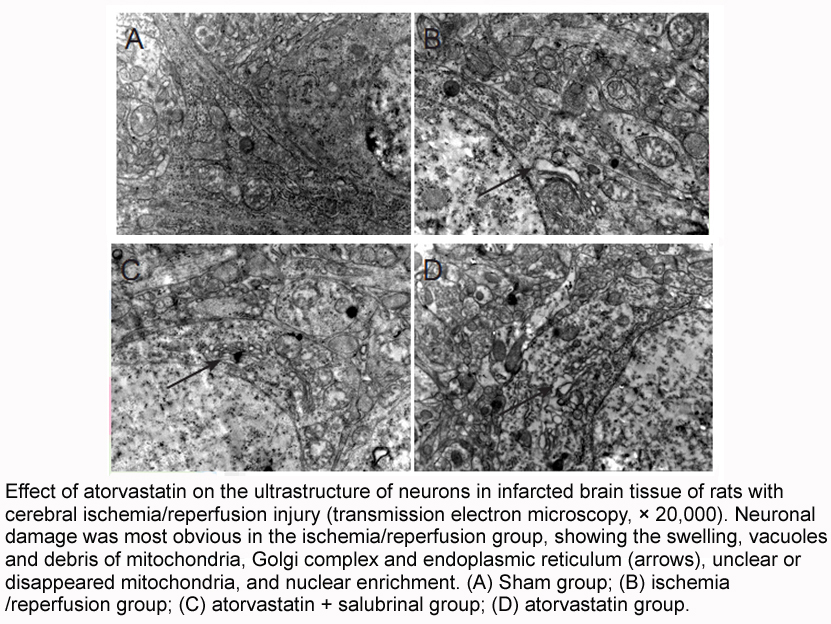
We found that activator drugs decrease NOsGC protein levels in Sf9 cells. This decrease in protein levels is more pronounced for BAY 60–2770 compared to cinaciguat, and more obvious for α1/β1 compared to α2/β1 (see Fig. 2). This led us to hypothesize that the reduction in protein level correlates wi
-
IOX 1 GPR co localizes with ghrelin in the duodenum gustduci
2022-01-03
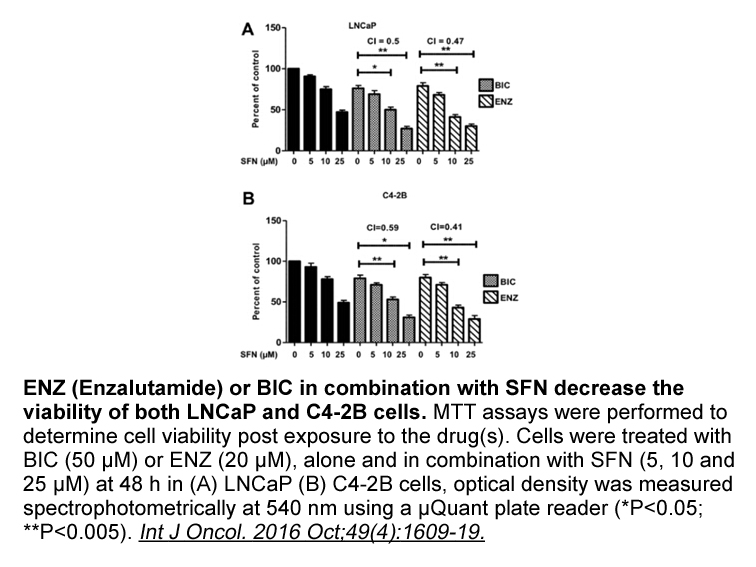
GPR120 co-localizes with ghrelin in the duodenum [17], α-gustducin in the small intestine and type II taste bud cells 18, 19, neuropeptide Y centrally in the arcuate nucleus [20] and glucagon-like peptide 1 (GLP-1) in the colon and circumvallate papillae taste bud cells 6, 21, 22. Interestingly GPR1
16098 records 538/1074 page Previous Next First page 上5页 536537538539540 下5页 Last page